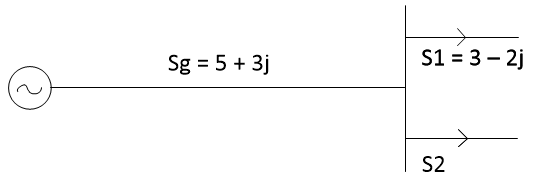Die-electric test on Circuit breaker:
These tests are performed to check power frequency and impulse voltage withstand capacity.
Power frequency tests are kept on a new circuit breaker, the test voltage changes with a circuit breaker rated voltage.
In impulse tests, impulse voltage of particular value is employed to the breaker.
